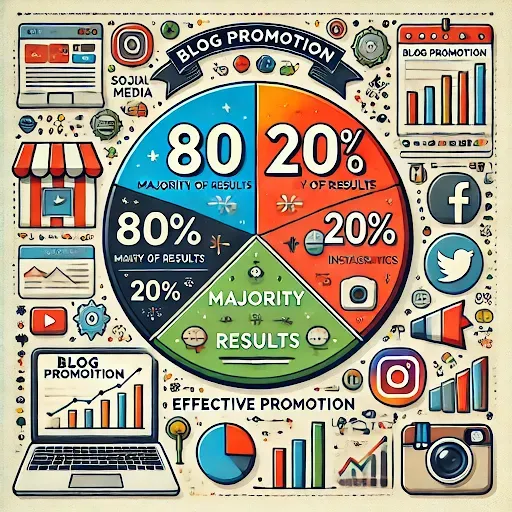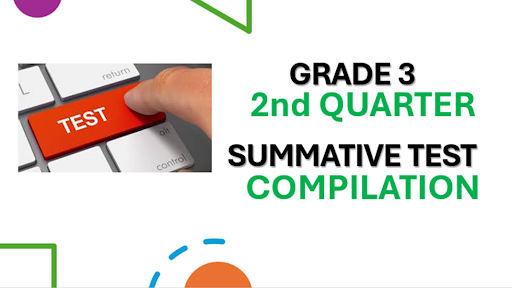PowerPoint presentations have become an essential tool in modern education, and their relevance in the context of third grading for Grade 3 students under the Department of Education (DepEd) cannot be overstated. By integrating PowerPoint into classroom activities, teachers can enhance the learning experience, cater to diverse learning styles, and improve the overall quality of instruction. Below are several reasons why PowerPoint is a vital resource for both educators and learners during the third grading period.
1. Enhancing Student Engagement
PowerPoint provides a dynamic way to present lessons. Its visual and interactive features can capture the attention of young learners, making lessons more interesting and engaging. Grade 3 students, who are naturally curious and active, benefit from the use of colorful slides, animations, and multimedia elements such as videos and images. For example, a lesson on multiplication can be brought to life with visuals of objects being grouped, while a science topic like the water cycle can be demonstrated through animations.
2. Catering to Different Learning Styles
Every student has a unique way of learning, and PowerPoint can address these differences. Visual learners benefit from images, charts, and diagrams included in the slides. Auditory learners can grasp concepts better when presentations are supplemented with audio explanations or narrations. For kinesthetic learners, interactive slides with quizzes or clickable elements can keep them involved. By addressing these varying needs, PowerPoint helps ensure that no student is left behind.
3. Facilitating Organized and Structured Lessons
Teachers can use PowerPoint to create well-structured lessons that follow a logical flow. For third grading in Grade 3, topics such as fractions in Math, sentence construction in English, or the stages of plant growth in Science can be presented in sequential steps. The ability to organize information clearly on slides makes it easier for students to follow and understand complex concepts.
4. Improving Retention and Understanding
The combination of text, images, and multimedia in PowerPoint helps students retain information more effectively. Grade 3 students are at an age where visual memory plays a significant role in learning. When a teacher presents key points on slides alongside relevant visuals, students are more likely to remember the information. For instance, in Social Studies, showing maps or historical images enhances their understanding of geography and culture.
5. Encouraging Interactive Learning
PowerPoint supports interactive activities, such as clickable quizzes, matching games, or polls, which promote active participation. For third graders, this is especially helpful as it keeps them motivated and attentive during lessons. Teachers can use these interactive features to check understanding or reinforce key concepts engagingly.
6. Time Efficiency for Teachers
For educators, PowerPoint serves as a time-saving tool. Once a presentation is prepared, it can be reused and modified for future classes. During third grading, where multiple subjects and competencies need to be addressed, having a ready-made PowerPoint presentation allows teachers to focus on other important tasks such as lesson evaluation and providing feedback.
7. Encouraging Technological Literacy
Introducing PowerPoint in Grade 3 classes aligns with DepEd's goals of integrating technology into the curriculum. By exposing students to digital tools early, they become familiar with basic technological skills that will be essential in higher grades and the real world. Teachers can also encourage students to create their own simple presentations as part of their projects, fostering creativity and technological proficiency.
8. Promoting Collaborative Learning
PowerPoint presentations can be used to facilitate group work and collaborative learning. For example, students can work together to create a presentation on environmental conservation or cultural diversity. This not only enhances their understanding of the subject but also builds teamwork and communication skills.
9. Providing Accessibility and Flexibility
PowerPoint offers flexibility in lesson delivery. Teachers can share presentations with students for review at home, allowing learners to revisit the material at their own pace. This is particularly useful for third graders who may need extra time to grasp certain topics. Additionally, PowerPoint can be adapted for inclusive education, with features such as large fonts, audio descriptions, or translations to cater to diverse needs.
10. Reinforcing Assessment and Feedback
PowerPoint can be used to create formative assessments, such as quizzes and flashcards, which allow teachers to gauge student understanding. These assessments can be embedded directly into the presentation, providing instant feedback to students. For example, a Math teacher can include a slide with multiple-choice questions on fractions, where clicking the correct answer reveals a congratulatory message.
11. Aligning with DepEd’s K to 12 Curriculum
DepEd’s K to 12 curriculum emphasizes the use of innovative teaching methods and the integration of technology in the classroom. PowerPoint is an excellent tool to meet these requirements. By using PowerPoint, teachers can design lessons that align with curriculum standards and address the specific learning competencies for third grading in Grade 3.
12. Supporting Parental Involvement
PowerPoint presentations can also be shared with parents during meetings or consultations. This helps parents understand what their children are learning in school and how they can provide support at home. For example, a presentation on third grading activities and objectives can guide parents in reinforcing learning through home-based activities.
13. Encouraging Creativity in Teaching
For educators, creating PowerPoint slides encourages them to think creatively about how to present lessons. Teachers can incorporate storytelling, role-playing, or real-life scenarios into their presentations, making lessons more relatable and meaningful for Grade 3 students.
14. Adapting to Remote and Blended Learning
In the wake of challenges such as the COVID-19 pandemic, PowerPoint has proven to be an indispensable tool for remote and blended learning setups. Teachers can deliver lessons through video calls, using PowerPoint to share content in an organized and visually appealing manner. This ensures that students continue to learn effectively even outside the traditional classroom setting.
PowerPoint is a powerful educational tool that brings numerous benefits to both teachers and students, especially during the third grading period for Grade 3 under DepEd. Its ability to enhance engagement, cater to diverse learning styles, and improve the quality of instruction makes it an indispensable resource in the modern classroom. By integrating PowerPoint into their teaching strategies, educators can create a more dynamic, inclusive, and effective learning environment that aligns with DepEd’s vision of quality education for all.


































